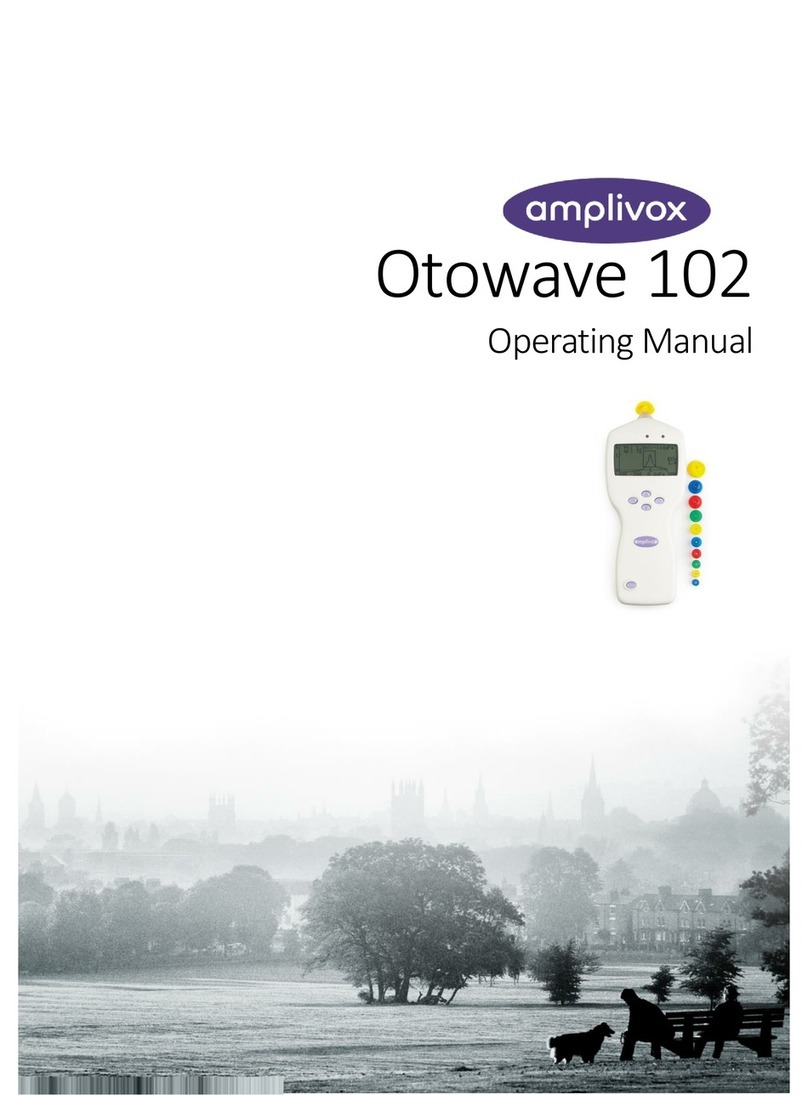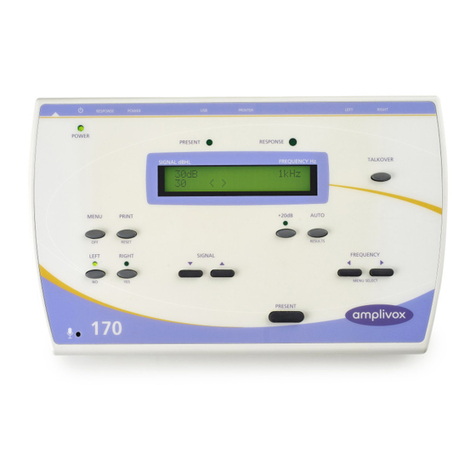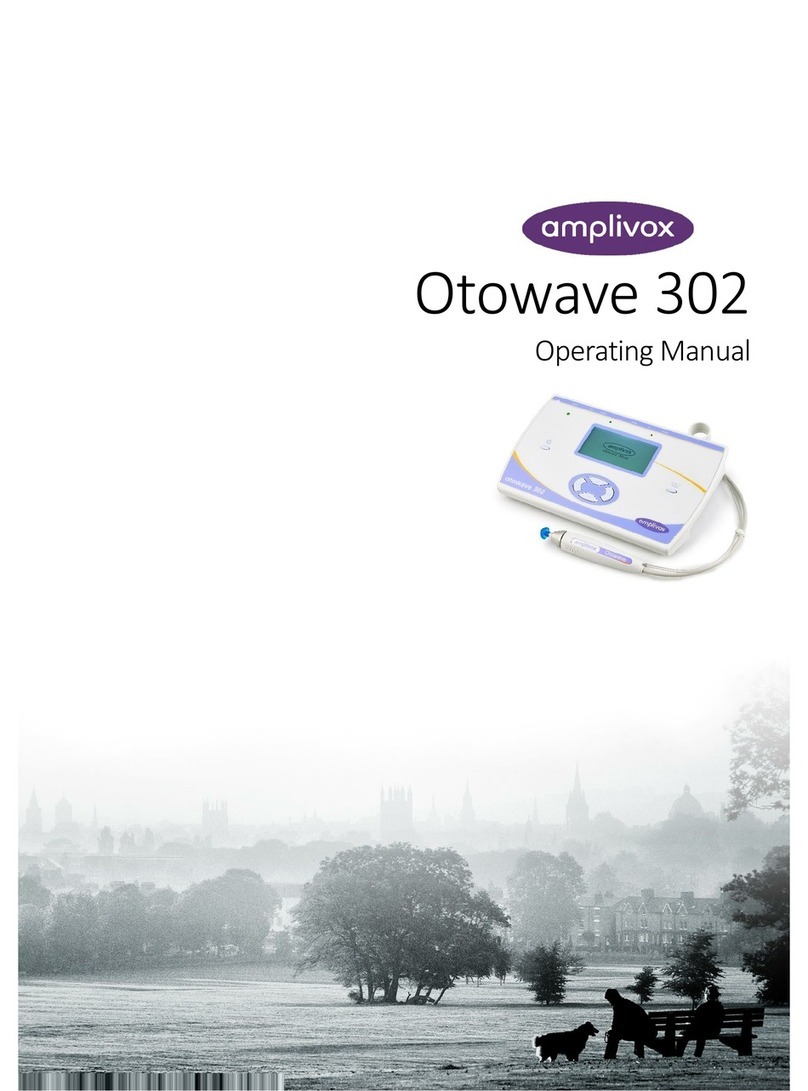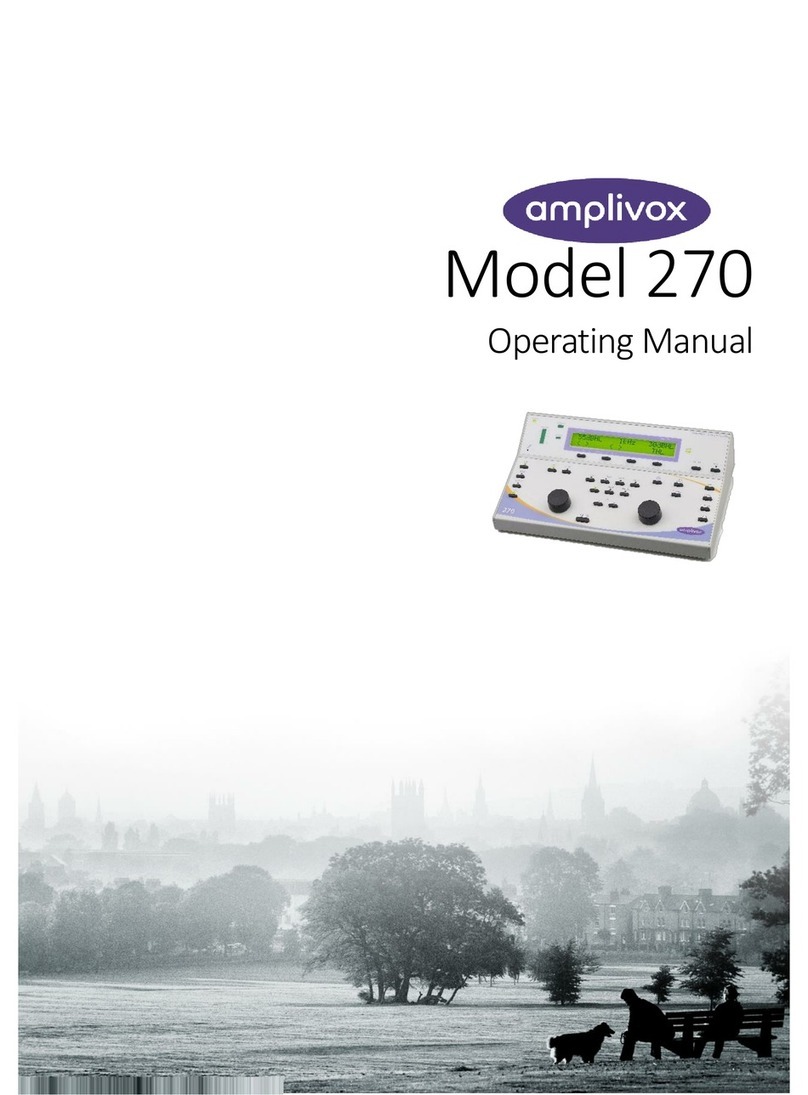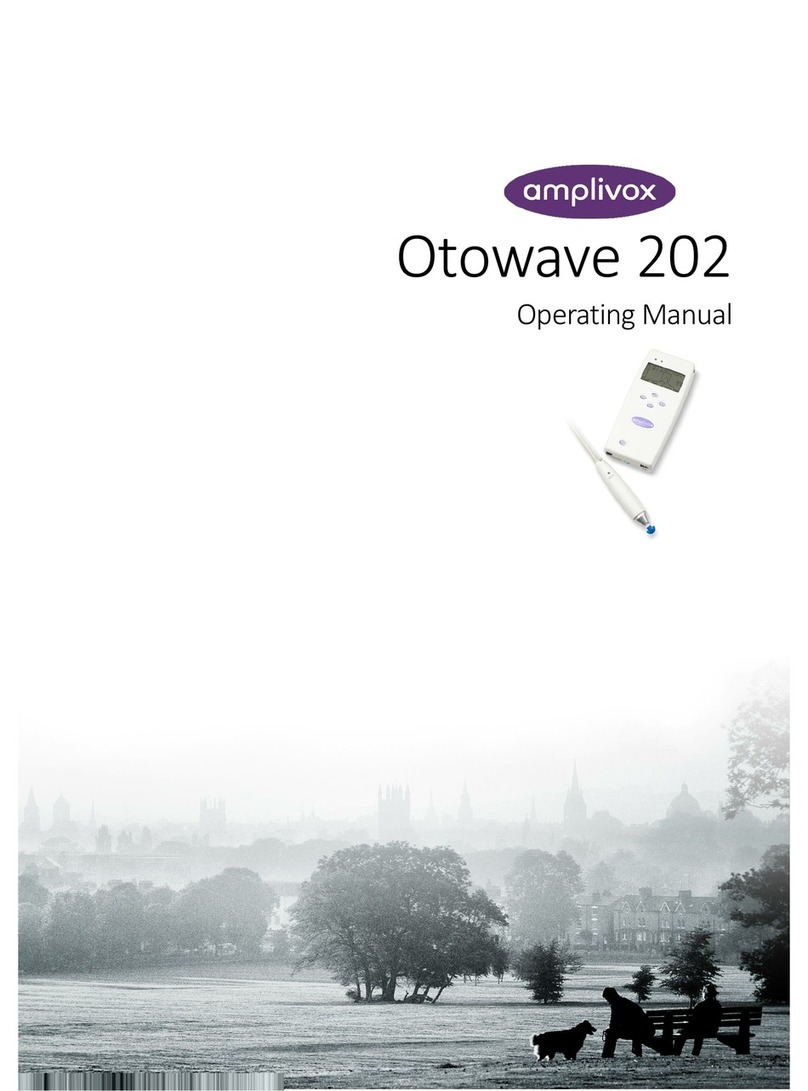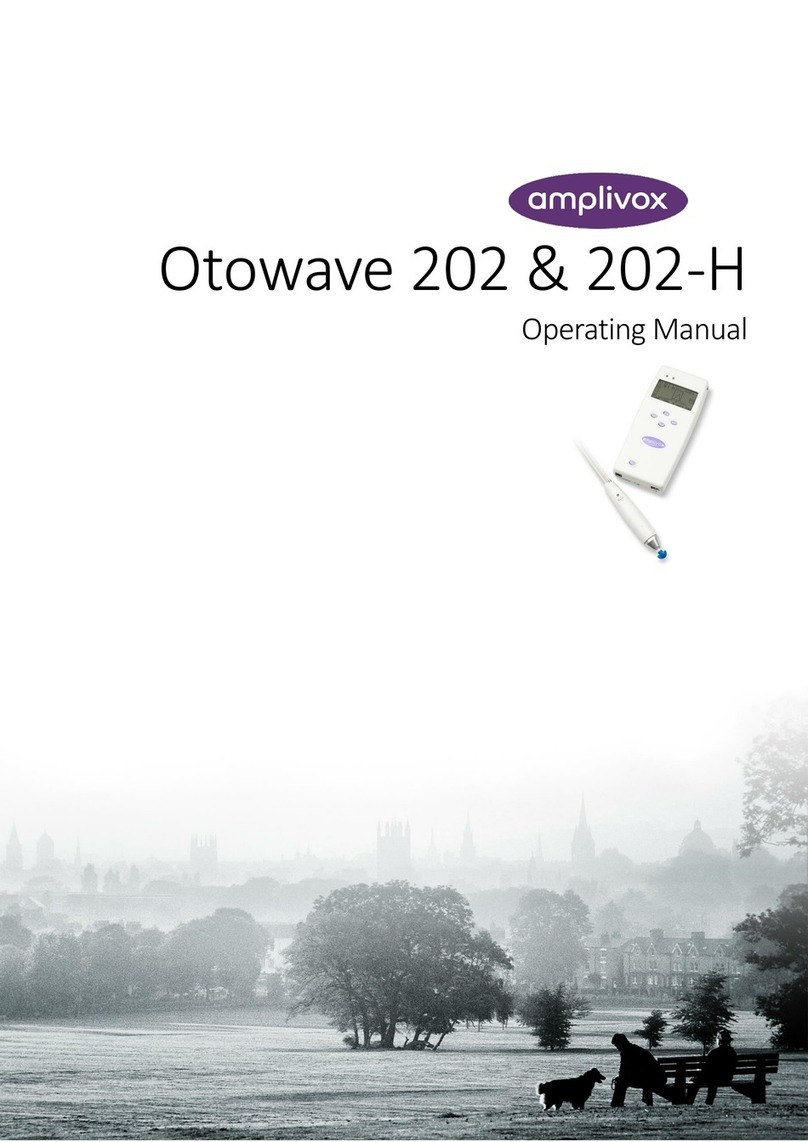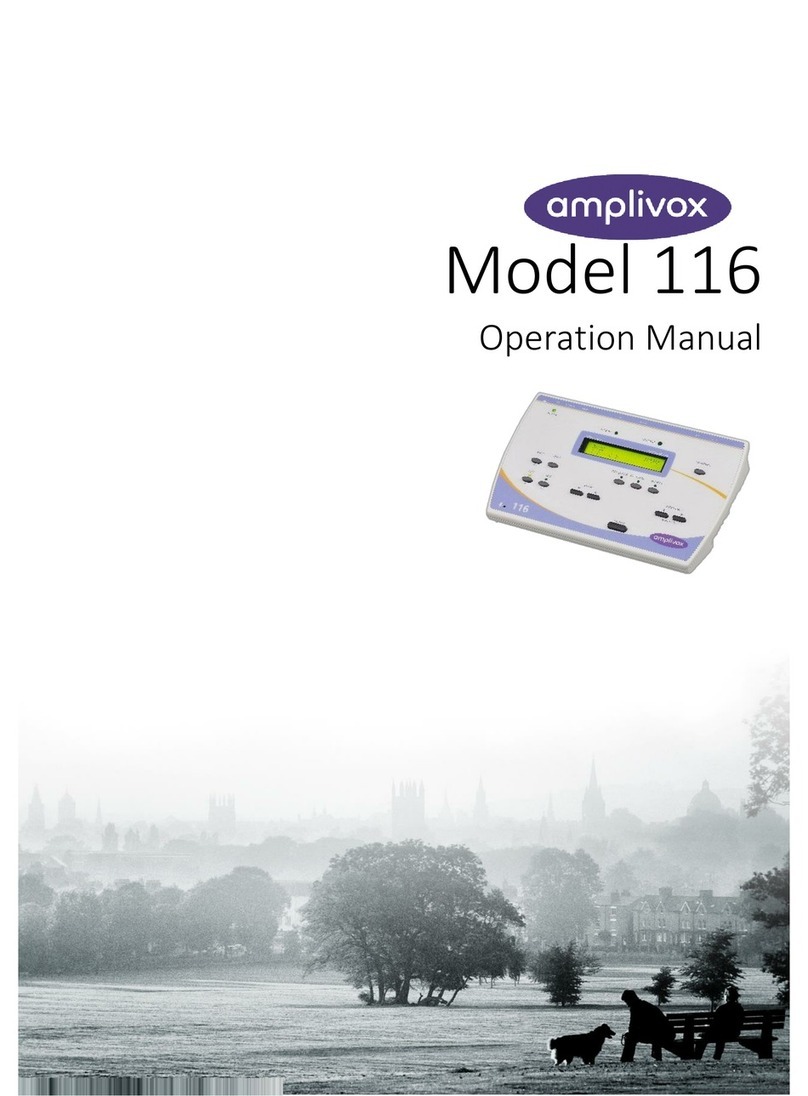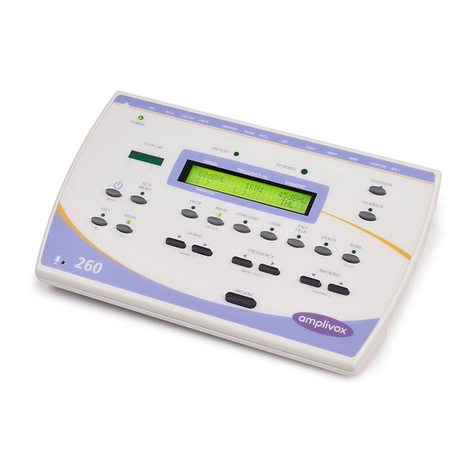D-0115696-B Otowave 202 Operating Manual Page 1
CONTENTS
1. Introduction......................................................................................3
1.1. Intended applications.........................................................................3
1.2. Features ............................................................................................3
1.3. Unpacking..........................................................................................4
1.4. Standard contents .............................................................................4
1.5. Optional accessories.........................................................................4
1.6. Warranty card (UK Customers only)..................................................4
1.7. Guarantee..........................................................................................4
2. Important Safety Instructions.........................................................5
2.1. Precautions........................................................................................5
2.2. Electromagnetic compatibility (EMC) considerations ........................6
2.3. Power supply options ........................................................................7
2.4. Tympanometer connections..............................................................8
2.5. Data transfer to a printer....................................................................8
2.6. Data transfer to a computer...............................................................9
3. Principles of Operation...................................................................9
3.1. Admittance measurement..................................................................9
3.2. Tympanogram ...................................................................................9
3.3. Stapedial reflex measurement.........................................................10
4. Using the Otowave........................................................................10
4.1. Installing & replacing batteries ........................................................10
4.2. Operating language.........................................................................11
4.3. Controls and indicators (base unit)..................................................11
4.4. Controls and indicators (probe).......................................................12
4.5. Indicators and system status...........................................................12
4.6. Probe components ..........................................................................13
4.7. Contralateral transducer..................................................................14
4.8. Start-up and menu displays.............................................................14
4.9. Initial settings...................................................................................15
5. Taking Measurements...................................................................15
5.1. Prior to testing and ambient conditions ...........................................16
5.2. Test arrangement............................................................................16
5.3. Ear tip(s)..........................................................................................17
5.4. Performing a test.............................................................................18
5.5. Sweep settings................................................................................24
5.6. Reflex options..................................................................................29
5.7. Error messages...............................................................................30
6. Saving Results in the Internal Database.....................................30
6.1. Data entry........................................................................................30
6.2. Database full....................................................................................31
7. Sending the Results to a Printer..................................................31
8. Data Transfer to NOAH or TympView..........................................34
